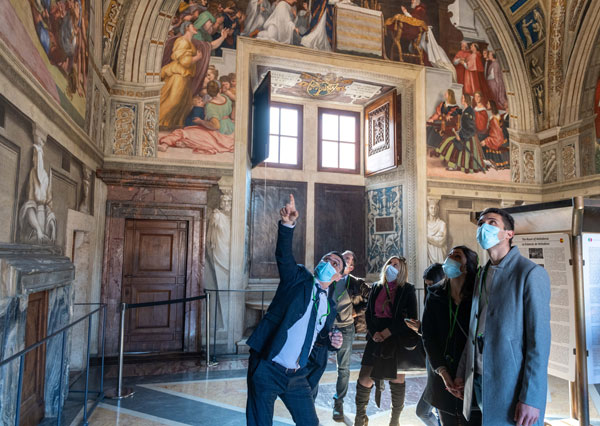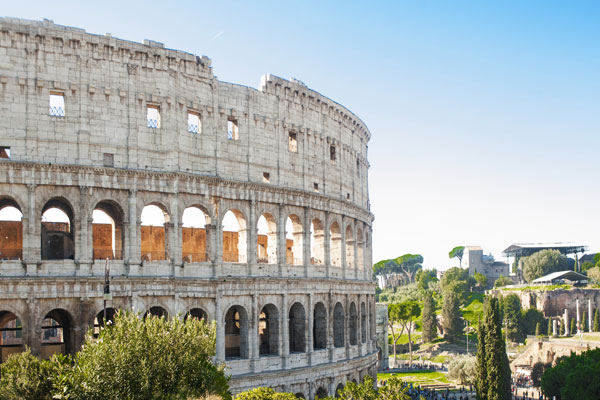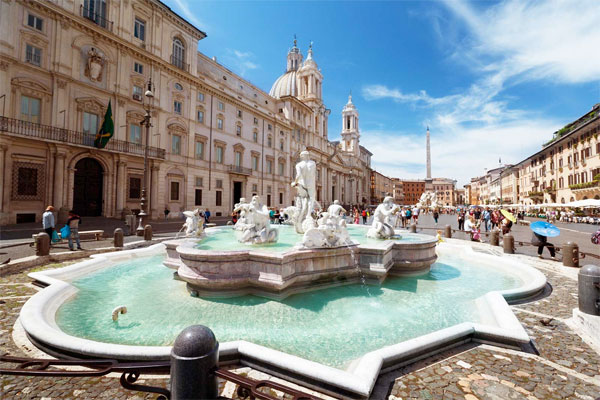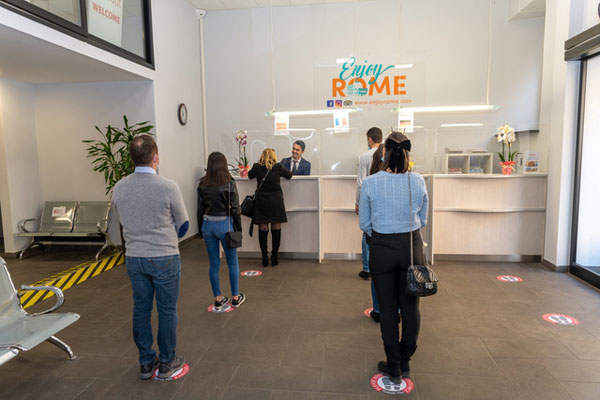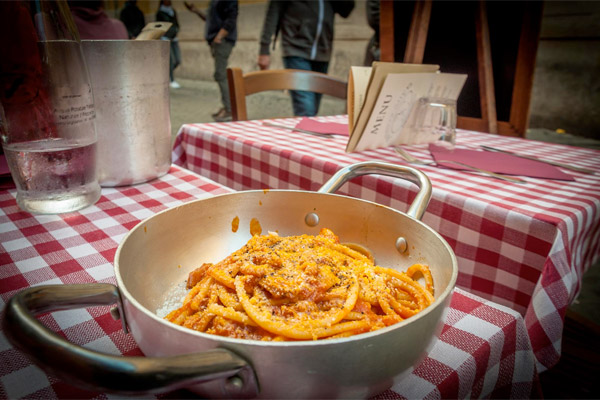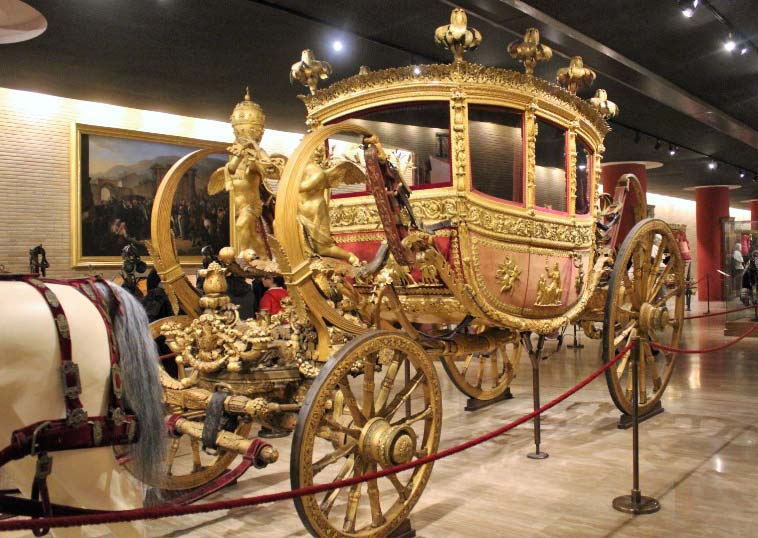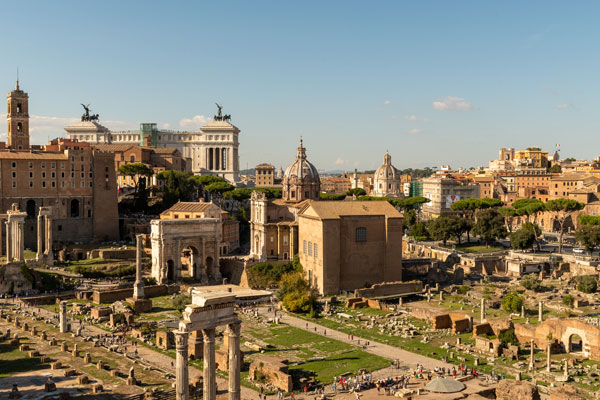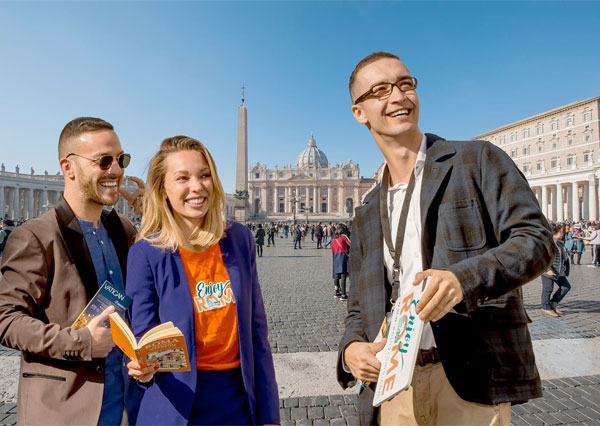Unveiling the Mysteries: 5 Vatican Secrets
The Vatican, a city-state nestled within the heart of Rome, holds an air of enigmatic allure that has captivated the world for centuries. As the epicenter of the Roman Catholic Church, it carries a profound historical, cultural, and spiritual significance. Beyond its religious prominence, the Vatican also holds a veil of secrecy that has given rise to numerous speculations and myths. In this exploration, we delve into the intriguing world of the Vatican and unveil five secrets that have intrigued, perplexed, and fascinated both believers and non-believers alike.
1. The Vatican Archives: A Treasure Trove of Knowledge
Nestled deep within the Vatican walls lies one of the most enigmatic institutions in the world: the Vatican Archives. While its existence has been widely acknowledged, the contents within have been shrouded in secrecy, prompting a multitude of speculations. Some whisper that the archives hold hidden historical documents that could reshape our understanding of pivotal moments in history. From the trial of Galileo Galilei to correspondence between world leaders during tumultuous times, the Vatican Archives have sparked curiosity. However, only a select few have been granted access, leaving the contents largely veiled in mystery.
2. The Swiss Guard: Protectors of a Different Era
The Vatican Swiss Guard stands as one of the oldest and smallest military units in the world, dating back to the early 16th century. Beyond their ceremonial uniforms and the picturesque role they play during Vatican events, the Swiss Guard holds a vital role in the security of the Vatican. Their duties involve safeguarding the Pope, securing key entrances, and providing an additional layer of defense. But within their history lies a secret: their remarkable training regime that harkens back to a different era. Meticulously honed skills in combat, marksmanship, and strategy are passed down through generations, ensuring that these modern guardians are prepared for any situation that may arise.
3. The Apostolic Palace: Where History and Majesty Converge
The Apostolic Palace, commonly known as the Papal Palace, is a place where history, religion, and artistry converge. While the public is granted access to a limited portion of this grand residence, many hidden chambers remain concealed from view. One of the most mysterious parts of the palace is the “Room of Tears,” a space where newly elected Popes retire to don their papal vestments and have a moment of private reflection before their introduction to the world. These intimate moments are a testament to the human aspect of the Papacy, often overshadowed by its spiritual and political dimensions.
4. St. Peter’s Basilica: Where Architecture Hides Symbolism
St. Peter’s Basilica, a breathtaking architectural marvel, holds secrets that go beyond its stunning façade. Designed by renowned artists and architects such as Michelangelo and Bernini, the basilica is a masterpiece of art and spirituality. But beneath the surface lies a rich tapestry of symbolism. The colossal dome, for example, represents the celestial realm connecting Earth to Heaven, while the keys held by St. Peter’s statue symbolize the authority entrusted to him by Jesus. Each intricate detail carries layers of meaning, inviting visitors to explore not only the physical space but also the spiritual significance ingrained within its design.
5. The Vatican’s Financial Opacity: A Shrouded Economy
Behind the spiritual and cultural splendor, the Vatican’s financial operations have often been regarded as one of its most intriguing secrets. As a city-state with its own economy and financial institutions, the Vatican’s fiscal operations have faced both scrutiny and speculation. The lack of transparency surrounding its finances has led to questions about its wealth, investment practices, and potential involvement in various financial dealings. While efforts have been made to enhance transparency and comply with international standards, the Vatican’s financial opacity continues to cast a veil of mystery over its economic operations.
In conclusion, the Vatican stands as a place of profound historical significance, spirituality, and enigmatic allure. As we’ve explored, the secrets held within its walls span a range of topics, from hidden historical documents to the intricate symbolism woven into its architecture. While some secrets may never be fully unveiled, the allure of the Vatican’s mysteries continues to captivate the imagination and intrigue of people around the world. Whether one is a devout believer or an intrigued observer, the Vatican’s secrets offer a glimpse into a world where history, faith, and mystery intertwine. Enjoy our guides to discover more with our Vatican Tours and Tickets

